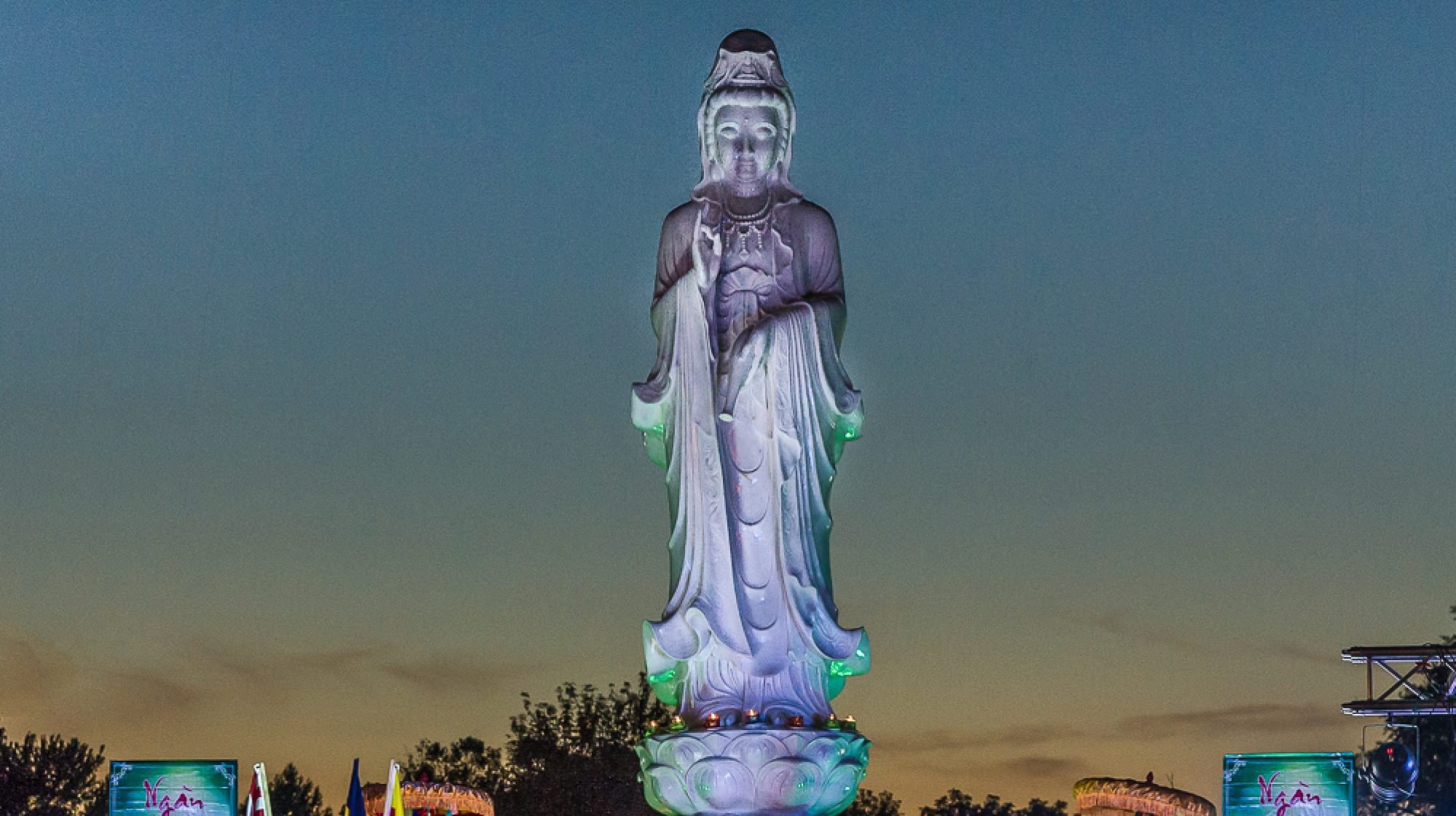After studying Sikh, Lakota, and Muslim responses to suffering throughout the Fall 2012 Semester, students in Professor Knepper’s class were tasked with performing unique comparisons of their own design on some aspect of these three faiths and their responses to suffering. These papers were designed to ask students to think critically about the similarities and differences of religious responses to suffering between these three faiths, and to come to some insightful conclusions about what the implications of these similarities and differences are. Some of these essays, which were wide-ranging and creative, can be found below:
Student Resources on Lakota (Fall 2012 Comparative Religions)
Our section on Lakota traditional ways began by exploring Lakota understandings of and responses to suffering (with the help of a local Lakota, Howard Croweagle). We then considered the late nineteenth-century “Ghost Dance” as a (religious) response to suffering, followed by some late twentieth-century re-memorizations of and resistances to the 1890 massacre of Wounded Knee as (religious) responses to suffering.
Some students, whether individually or collectively, chose to write short, encyclopedic pieces on Lakota traditions in general, Lakota responses to suffering, and what the class learned about Lakota responses to suffering.
- Introduction to Lakota traditions (Lexi Hilgart, Lily Rotter)
- Responses to suffering in Lakota traditions (Kody Seaver)
- Class reflections on responses to suffering in Lakota traditions (Amelia Eckles, Nora, Sullivan)
Other students instead wrote papers on Lakota responses to suffering either as the late nineteenth-century “Ghost Dance” or in a variety of more recent re-memorizations of and resistances to the 1890 massacre at Wounded Knee such as the 1973 occupation of Wounded Knee, the reburial of Zintkala Nuni, and the Big Foot Memorial Ride (all of which we read about in the essay of The Comparative Project’s guest speaker on Lakota responses to suffering, Michelene Pesantubbee’s “Wounded Knee: Site of Resistance and Recovery”). Here are some of them:
Student Resources on Islam (Fall 2012 Comparative Religions)
Our section on Islam began with a consideration of Muslim responses to suffering in general (by way of John Bowker’s chapter on Islam in Problems of Suffering in Religions of the World), then read John Kiser’s 2010 book on the nineteenth-century Algerian freedom-fighter, Abd el-Kader (Commander of the Faithful).
Some students again chose to write short, encyclopedia-like entires on Islam: a introduction to Islam in general, an introduction to Muslim responses to suffering, and a reflection on what we learned about Muslim responses to suffering:
- Introduction to Islam (Lexi Hilgart)
- Responses to suffering in Islam (Jill Collins, Lily Rotter)
- Class reflections on responses to suffering in Islam (Kody Seaver)
Other students instead wrote longer essays about the role that Abd el-Kader’s Muslim faith played in his responses to suffering during his resistance to French occupation of Algeria. Here are some of them:
Student Resources on Sikhism (Fall 2012 Comparative Religions)
Our section on Sikhism began with Sikh explanations of suffering in general (in Pashaura Singh’s “Sikh Perspectives on Health and Suffering”), then turned to two instances of Sikh responses to suffering: the 1699 establishment of the Sikh Khalsa, and Nikky-Guninder Kaur Singh’s 2005 feminist re-memorization of the Khalsa (The Birth of the Khalsa).
One student offered to try her hand at encyclopedia-like entries for The Comparison Project website on Sikhism: a basic introduction to Sikhism, a basic introduction to Sikh responses to suffering, and a short essay on “what we learned” in our section on Sikhism.
- Introduction to Sikhism (Nora Sullivan)
- Responses to Suffering in Sikhism (Nora Sullivan)
- Class reflections on responses to suffering in Sikhism (Nora Sullivan)
The other students wrote papers either on the establishment of the Khalsa itself or on Prof. Singh’s feminist re-memorization of the Khalsa as a religious response to suffering. Here are some of them:

